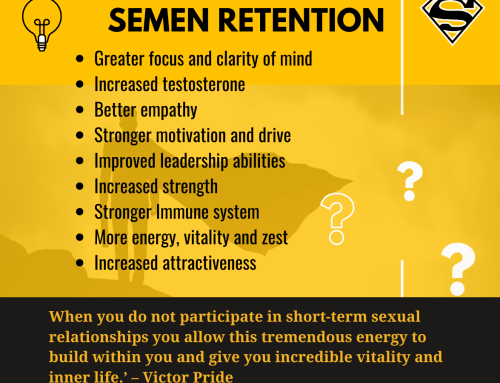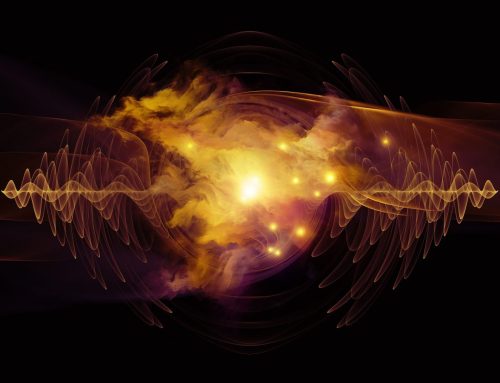I have known for a while that I wanted to communicate the mechanism of emotional release to a global audience but it was Emotional Clearing by John Ruskan that really sealed it for me. I knew after having read the book that I would focus my passion on relaying this knowledge to as many people as possible.
Combining Eastern and Western psychological principles, Emotional Clearing put together some pieces of the jigsaw that were missing from my ongoing puzzle of self-growth and inner work. It enabled me to communicate what I knew more clearly and succinctly. It also helped me uncover deeper emotional layers locked within me.
One of the keys to loving yourself is to love your feelings and this is what John communicates right from the outset. You start to understand that without an acceptance of your feelings and emotions you cannot truly love yourself or another. This love is not romantic love. It is not egoistic, nor is it conditional. It is love of the truest, purest sense. Loving your feelings is therefore the key to loving yourself and all others. This knowledge is not new but found in many ancient spiritual teachings. Inherently there is a part of ourselves that knows this but cannot express it intellectually.
Emotional Clearing is aimed both at therapist and a person working on themselves. John makes a highly valuable point that unless a therapist has integrated their own emotional disturbances, they will not be able to facilitate another. This is of immense importance. Too many are giving advice and recommendations without having walked the storm of their own emotions. I know this from personal experience because my father was a psychiatrist but it seemed he was not yet ready to face the storm of his emotions before he passed away. This is understandable though, because to face the demons within ourselves is the hardest thing we will ever do.
[bctt tweet=”A self-accepting person has the ability to accept others” username=””]
Now there is part of me that doesn’t like using the word therapy. Emotional Clearing work should be part of the very foundation of our culture. We all carry emotional baggage; I don’t think there is a single person on this planet who doesn’t. It should be taught in schools, the workplace and within the home. The word therapy has negative connotations and if you are in therapy, most people think there is something wrong with you. There is a stigma attached to the word. Therapy involves showing our vulnerability and in this day and age that is still a sign of weakness. Gradually though, this is changing. This is why I think we need to make emotional clearing something that we just do, all day, every day. We do it because we know how much it will change ourselves and therefore the world.
Emotional Clearing incorporates the Eastern psycho-physiological system known as the Chakras. This helps with the releasing process as it gives you an understanding that many blockages will be found within these centers. If you have been practicing release work for some time you will naturally feel blockages in these areas when an emotion is surfacing. The chakra centers themselves provide a frame of reference from which to view life and an understanding of them will help in the release process.
John points out that the blockages found within our chakra centers happen because of the suppression of emotions and that by facing our emotions we will clear the blockages. Furthermore, certain types of emotions will reside in certain chakras. For example, fear, which he defines as a first layer emotion, resides in the Root Survival chakra.
Addiction and the true causes of it are addressed later on. We begin to understand that all addictions suppress feelings and by dealing with the underlying emotions we will no longer be tormented by addictive impulses. The demons he talks about are our own unprocessed, suppressed emotional energy. As we begin to face each of these feelings in turn we find that we no longer need to use addictive substances or behaviour to keep these feelings suppressed. Why? Because they no longer exist.
Part 2 of the book deals with the mechanism of processing feelings. There are four parts to this and each in turn is examined in detail.
I enter complete awareness of my feelings. I realize that many of my feelings are negative and painful. I take responsibility for my feelings, understanding that the purpose of the events in my life is only to make me conscious of these feelings that I carry in my subconscious. I choose to work with these feelings as they come up and not to suppress them again.
John Ruskan
Emotional Clearing
Awareness is the first step in the clearing process. Awareness is that part of ourselves which comes before mind and thought. It is there before the body and exists beyond time and space. From a metaphysical point of view, it is what we truly are.
John’s method of emotional work emphasizes working with feelings in the present moment. You do not need to examine the past intellectually as all suppressed emotions are attributed to the NOW. As John says, your subconscious programming is right here, in this very moment, right in front of you.
Intellectual understanding of how emotions may have formed in the past therefore is not required for awareness. We work only with feelings, not the mind. It is encouraged that we distinguish between thoughts and feelings so we are able to better access the realm of emotional resonance. We are also encouraged to find the location of the feeling in the body so we can work with it more effectively.
Another critical part of Awareness is taking responsibility. Taking responsibility for the creation of the feeling goes hand in hand with awareness. This is a huge key in grasping the process of release. You cannot release if you blame another for how you feel.
The next step in the process is Acceptance. John talks about self-rejection and this helps in our understanding of acceptance. From this we begin to see all the instances when we do not accept our feelings.
There are many mechanisms of self-rejection and understanding each will help you identify the times when you are being less then accepting. John goes through each in turn helping you see why they inhibit your inner development and growth. Impatience for example is a common way of self-rejecting and one that I had never really thought about. When we are impatient we are not present in the NOW and therefore automatically reject ourselves and our experience. All together I counted 25 different mechanisms of self-rejection which are explained in the book.
[bctt tweet=”Forgiveness is the realization that blame is a mistake ” username=””]
The third step is Direct Experience. This is the actual feeling of the surfacing emotions and it all happens within the present moment, without the mind getting in the way, when you are deep into Witness consciousness. Processing of emotions happens when you are conscious of them without resisting them. You may notice that at this stage they begin to magnify.
Emotional Clearing gives you hints and advice about this stage because often it is possible to become confused about what is happening in your experience. You may confuse thoughts with feelings and during the Direct Experience phase you may even drift out of the present moment into that of thought. If you do this, you must understand that the integration of your suppressed emotions will be inhibited.
The final step is Transformation. Transformation is the releasing, the letting-go. John explains that this is the state in which you surrender all to the grace of the Higher Self. This involves having no personal agenda about the outcome of what you are doing and trusting all to a higher power, however you may conceive of it.
The rest of the book deals with more practical aspects of the Emotional Clearing process. Instructions are given on breath-work, posture and also visualization.
Overall, I found this book absolutely amazing for its simplicity and depth in explaining emotions and the effects of them. The technique of Emotional Clearing has changed many lives including my own and I am forever grateful to have come across such an amazing piece of work.




Leave A Comment